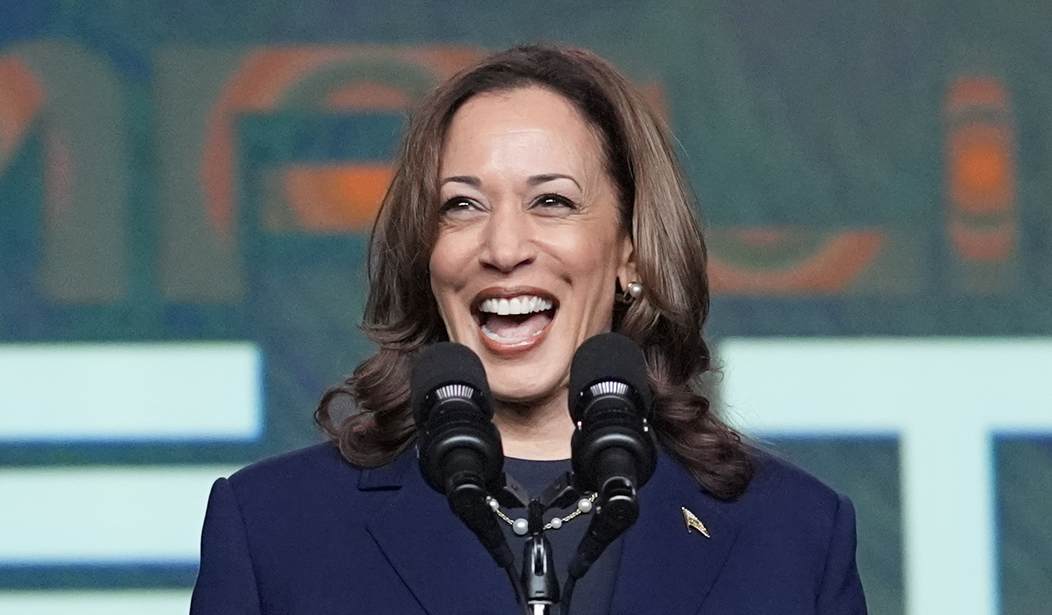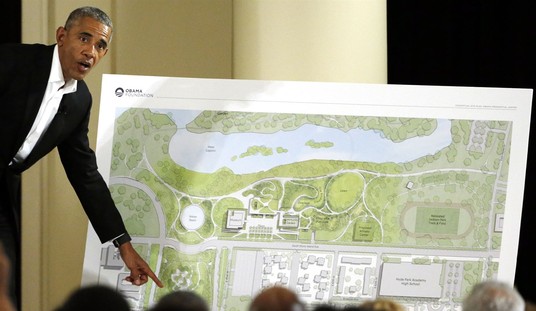Joe Biden's $3.8 trillion "stimulus" spending over the last three years may have been totally unnecessary. When Donald Trump left office, the economy was beginning to hum again. GDP grew 34.8% in the third quarter of 2020, 4.2% in the fourth, and 5.2% in the first quarter of 2021. Americans had plenty of cash to burn after the CARES Act, passed in 2020, put $1,200 for each individual and $500 more for each child in taxpayer's pockets.
Some sectors were lagging, but the bottom line is that if Biden had left well enough alone, the economy would have been well on its way to fully recovering — without the inflationary spiral that we saw under Biden.
The $2 trillion CARES Act was the largest financial rescue package in history. Naturally, when spending that huge amount of cash, the reasonable, logical approach would have been to allow the $2 trillion to work its way through the economy before proposing any other spending.
But Biden had campaign debts to pay. And Democratic Party constituencies were the beneficiaries. The biggest winners in the spending sweepstakes were the states, with $350 billion in direct aid and another $150 billion to schools. Government union pension funds got $86 billion — a windfall that would never have come about unless it was folded into a "COVID Relief Fund."
The handouts discouraged the unemployed from returning to work and fueled consumer spending, which was already primed to surge owing to pent-up savings from the Covid lockdowns and spending under Donald Trump. By mid-2021, Americans had $2.3 trillion in “excess savings” relative to pre-pandemic levels—equivalent to roughly 12.5% of disposable income.
So much money chasing too few goods fueled inflation, which was supercharged by the Federal Reserve’s accommodative policy. Historically low mortgage rates drove up housing prices. The White House blamed “corporate greed” for inflation that peaked at 9.1% in June 2022, even as the spending party in Washington continued.
There's much more, of course, There was $1 trillion for green energy subsidies including building EVs that no one wants. There was also the $280 billion CHIPS Act. This is the kind of government spending that reduces private investment and puts a damper on innovation.
That, too, impoverished average Americans who are forced to pay more for almost everything.
Magnifying market misallocations, the Administration conditioned subsidies on businesses advancing its priorities such as paying union-level wages and providing child care to workers. It also boosted food stamps, expanded eligibility for ObamaCare subsidies and waved away hundreds of billions of dollars in student debt. The result: $5.8 trillion in deficits during Mr. Biden’s first three years—about twice as much as during Donald Trump’s—and the highest inflation in four decades.
Prices have increased by nearly 20% since January 2021, compared to 7.8% during the Trump Presidency. Inflation-adjusted average weekly earnings are down 3.9% since Mr. Biden entered office, compared to an increase of 2.6% during Mr. Trump’s first three years. (Real wages increased much more in 2020, but partly owing to statistical artifacts.)
Harris brags about the 16 million jobs the Biden administration created. But nearly 14 million jobs were lost during the pandemic's idiotic shutdowns. Most of the jobs created in the Biden presidency were the result of filling in holes from the pandemic. It has cost taxpayers $400,000 for every job created during Biden's presidency.
The Biden presidency has been an economic disaster from start to finish. And judging by Kamala Harris's wacky ideas she wants to implement if she's elected, things aren't going to get any better if she wins.










Join the conversation as a VIP Member